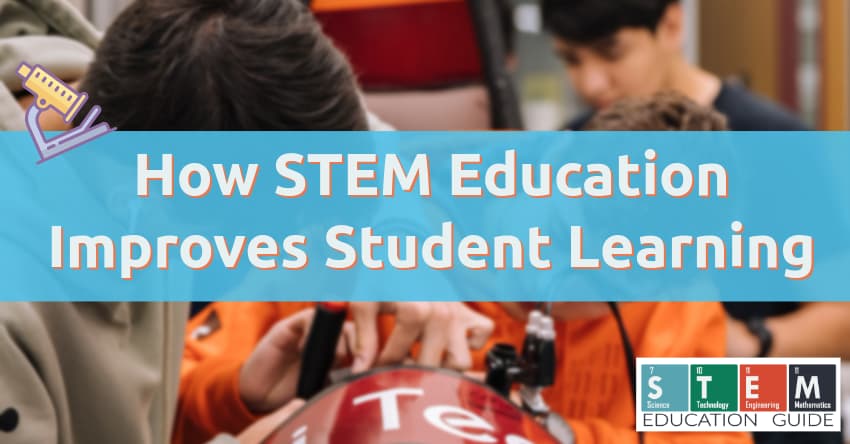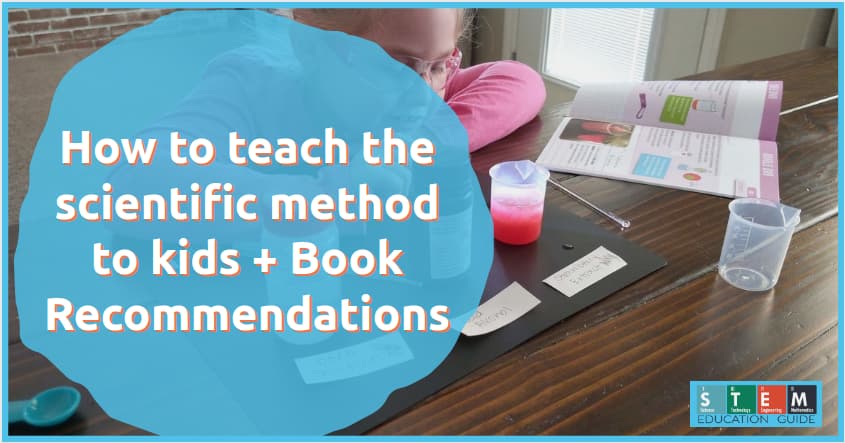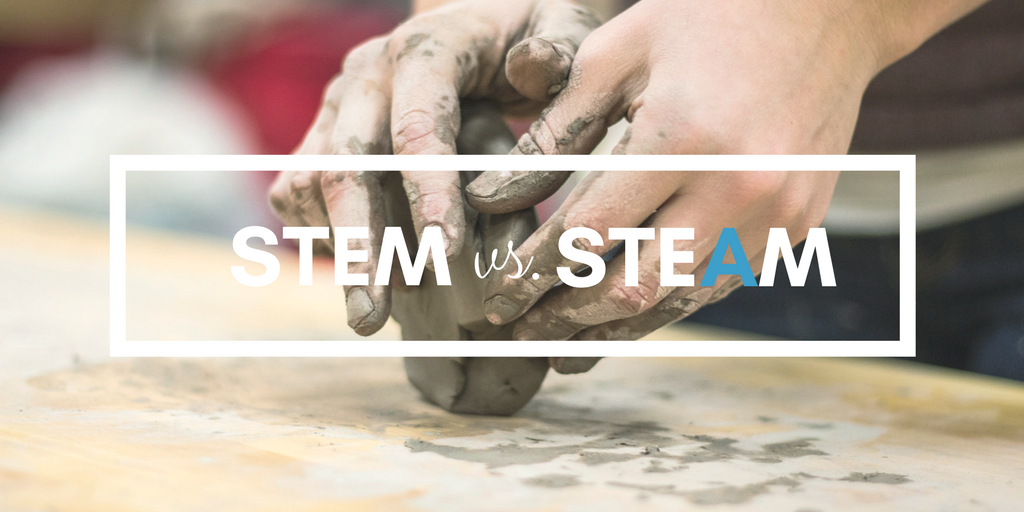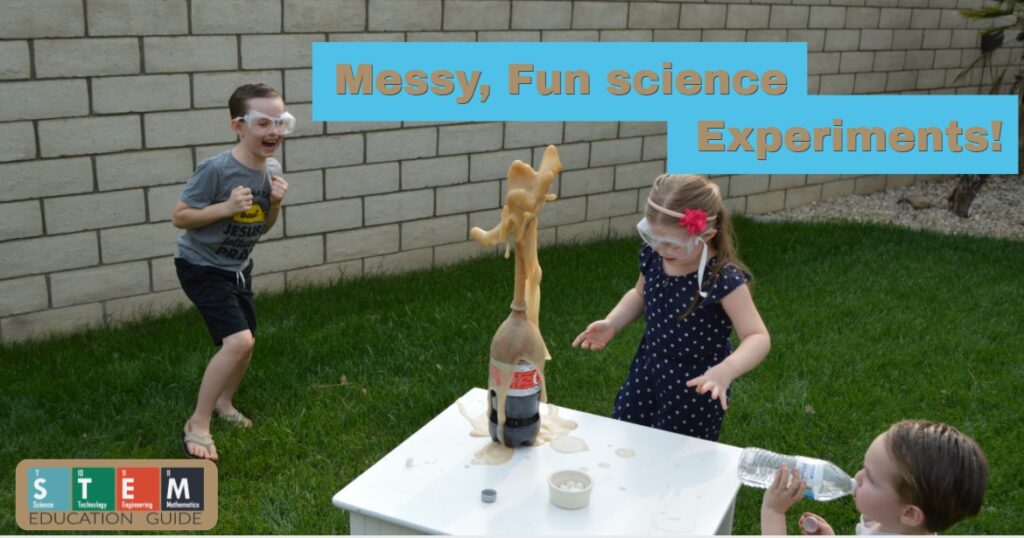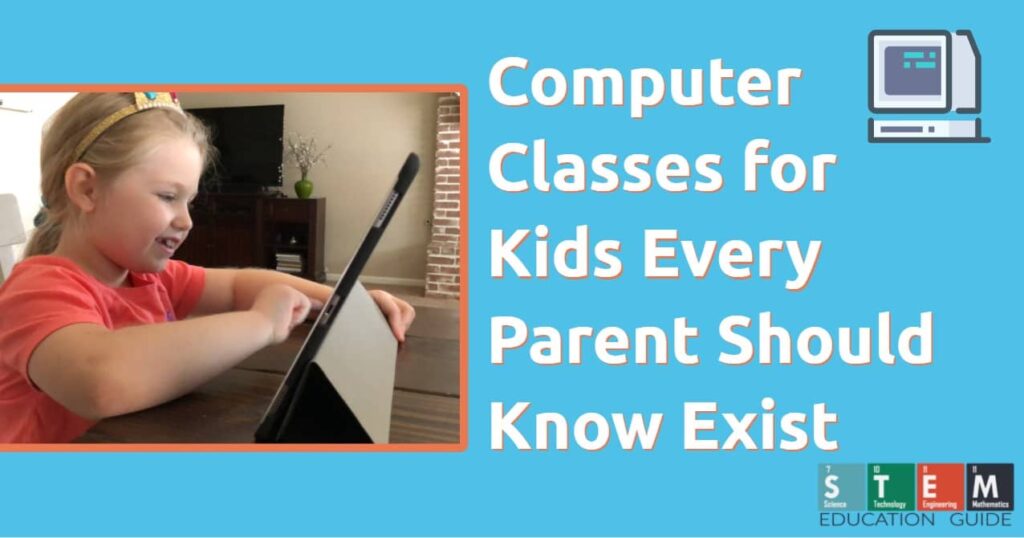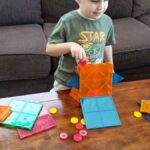Why should a child learn STEM?
Perhaps they aren’t particularly interested in timetables or the periodic table (I know I wasn’t when I was a kid!), and you don’t want to force it on them.
Or maybe it doesn’t seem very applicable to their daily experiences. Regardless of this perception, STEM has benefits that will enrich your child’s education and future.
STEM allows your child to appreciate nature and the processes of seemingly mundane things around them.
It can teach them critical thinking skills, as well as creativity.
Your child will be encouraged to think in a way that will benefit them throughout their life, no matter their path. STEM will help promote collaboration, and can introduce children to a global, intergenerational community of thinkers.
Table of Contents
What is STEM
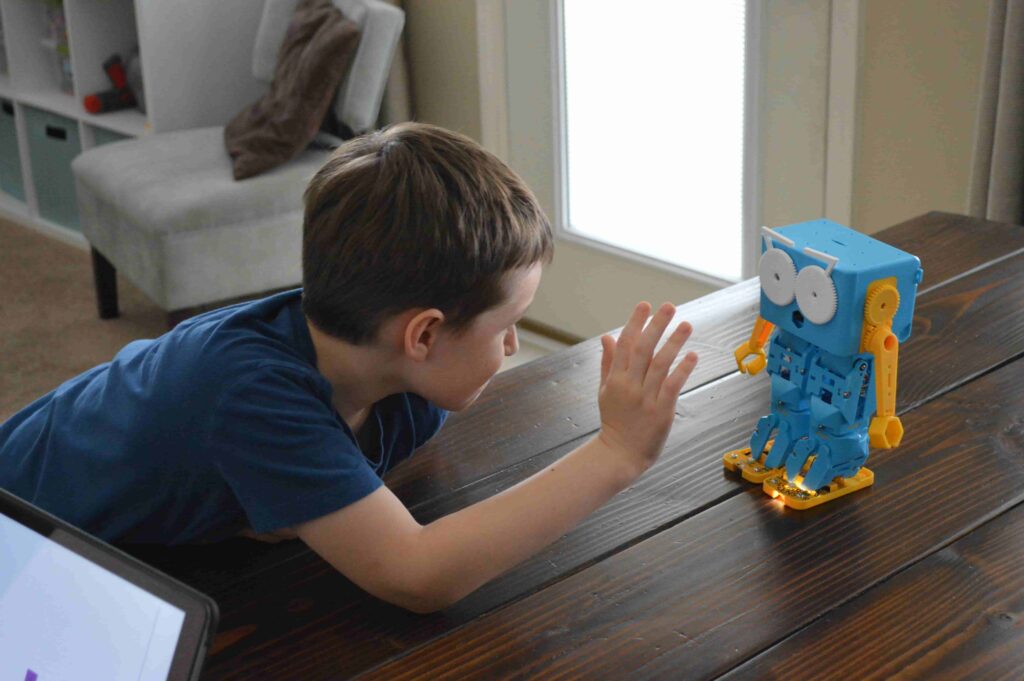
STEM stands for “Science, Technology, Engineering, and Math.” These fields are combined into one term because they often overlap in ways that benefit each other.
The ‘Science’ realm includes fields such as chemistry, biology, and physics. The ‘Technology’ section includes computer science and medical technology. ‘Engineering’ speaks for itself, and ‘Math’ covers areas such as statistics and theoretical physics.
What Are the Benefits of STEM Education

Expand Their World
With STEM, your child can develop a deeper understanding of experiences in the world/natural world. I was raised by an astrophysicist father and a mathematician mother, and to me, STEM isn’t best captured by pages of complex equations or dry textbooks.
STEM meant my father waking me up at three in the morning for a comet fly-by, or cultivating bacteria from our family dog’s saliva on a petri dish. I learned about geology by hiking to ancient rock formations and natural history by collecting shark teeth and wandering through the Smithsonian.
Learning STEM can create beautiful memories with your child, and enhance their appreciation of the world around them.
Learn to Think Critically
The central tenet of STEM learning is the scientific method. The scientific method is a mode of investigation that begins by asking a question about the world, then proceeds to find a working answer to the question through a process of experimentation. If the experimentation phase has unexpected results, new questions are asked, and the process begins again.
Overall, STEM uses a way of thinking that is not linear and unchanging, but is constantly being shifted and improved upon as new discoveries are made
This way of thinking can be transferred to virtually every other discipline.
For example, suppose you were trying to write a piece of music that expressed a particular emotion or experience. In that case, you might experiment with different chord progressions, perhaps even re-starting the piece entirely, until you found the combination of notes that worked.
Suppose you were a historian attempting to determine the purpose of an ancient custom. In that case, you might use the scientific method to hypothesize different possibilities, then narrow them down based on historical clues and evidence.
Take a look at our article, How to teach the scientific method to kids. This includes a free worksheet and book recommendations.
Learn to Think Creatively and Artistically
“I am among those who think that science has great beauty” – Marie Curie
As unconventional as it may seem, STEM can further a student’s artistic abilities. Art and STEM have a long history of collaboration.
It has been argued that fundamentally, the two areas ask similar questions about the world, and simply use different methods to answer the questions. Some universities have recognized the value art and STEM offer to each other by making art classes mandatory for STEM majors, and vice versa.
For early STEM learners, art can be highly relevant to their understanding of topics. For example, children can be asked to draw a picture or rudimentary ‘blueprint’ of a structure they want to build. This helps them learn to plan ahead (a valuable skill in STEM) and advance their art skills.
Join us as we discuss the difference between STEM and STEAM. It’s not as straightforward as you think!
Promote Collaboration With People (and Sources of Information) From Different Fields
A STEM education is an interdisciplinary education. Early education STEM classes often have names like “Earth Science,” and while this differentiates into courses such as Physics, Chemistry, and Biology in later grades, the common denominator remains.
The purpose of STEM is to understand and navigate the known and unknown world, and often scientists must work with peers from other disciplines to get a full picture.
As soon as classes begin to specialize beyond “Earth Science,” students will begin to understand the overlap between fields, and how to understand basic components such as atoms and cells from multiple perspectives.
Encourage experience and project-based learning
“We are so quick to characterize education as, ‘How much do you know?’ when a lot of frontier efforts in education are emphasizing ‘How much can you figure out?'” – Neil deGrasse Tyson
Those who study STEM are encouraged to employ systems thinking, which emphasizes critical problem-solving rather than the practice of rote memorization. This method is often employed in standardized testing and busywork.
Numerous groundbreaking schools have begun evaluating students on in-depth projects that take entire semesters and involve systems thinking in place of standardized tests.
This way of thinking improves real-life skills rather than teaching children how to pass tests.
When this is enforced in a student’s mind throughout their education, they can be much more successful and valued in their future field, whether it be STEM or not.
STEM also has a hugely interactive aspect. All teachers and homeschooling parents know that children stay attentive and retain class material more if the material requires engagement.
This engagement can be found in every part of STEM. Physics involves learning how to build a circuit, or experimenting with static electricity. The best way to introduce children to engineering is to get them to design and build small structures.
Experiments with actual chemicals are vital to get a full grasp of chemistry. For young chemists, this might mean making a classic baking soda and vinegar volcano or using litmus paper to test the pH of ingredients from the kitchen.
Are you looking for fun science experiments? Take a look at our article full of messy STEM experiences.
Connect to an Intergenerational Community of Scientists
Every civilization has developed different modes of scientific thinking. What this means today is that most countries have communities of STEM researchers, teachers, and students that contribute to greater global knowledge.
Even in grade school, students have been known to make discoveries that have a considerable impact. Especially innovative robotics projects, chemistry experiments, and engineering ideas can lead to outcomes that benefit local and global communities, both inside and outside of scientific fields.
For example, a boy named William Kamkwamba built a windmill to power his village in Wimbe, Malawi, when he was only 14 years old. His story is depicted in his famous autobiography, which is titled ‘The Boy Who Harnessed the Wind.’
In a similar trend of innovation, a program known as FIRST Robotics organizes students to compete with peers their age, with the assistance of adult mentors, to build robots and brainstorm ideas to solve real-world problems. In this program, students compete locally, nationally, and globally.
Use this to encourage your students. They should understand that their learning and understanding matter, not only to their futures but to everyone. The topics they are learning introduce them to a mission larger than themselves.
Wrapping Up
To recap, here are some of the main ways STEM improves student learning. It expands their world, and provides explanations for the world around them.
It encourages them to think both critically and creatively, as well as promotes systems-based learning. It inspires collaboration and connects students to a diverse network of peers.
These are only a few of the numerous benefits a STEM education will have for a child. Getting them involved now will open up the world for them.
Please take a look at our article about the top Computer Classes for Kids, Every Parent Should Know About.

